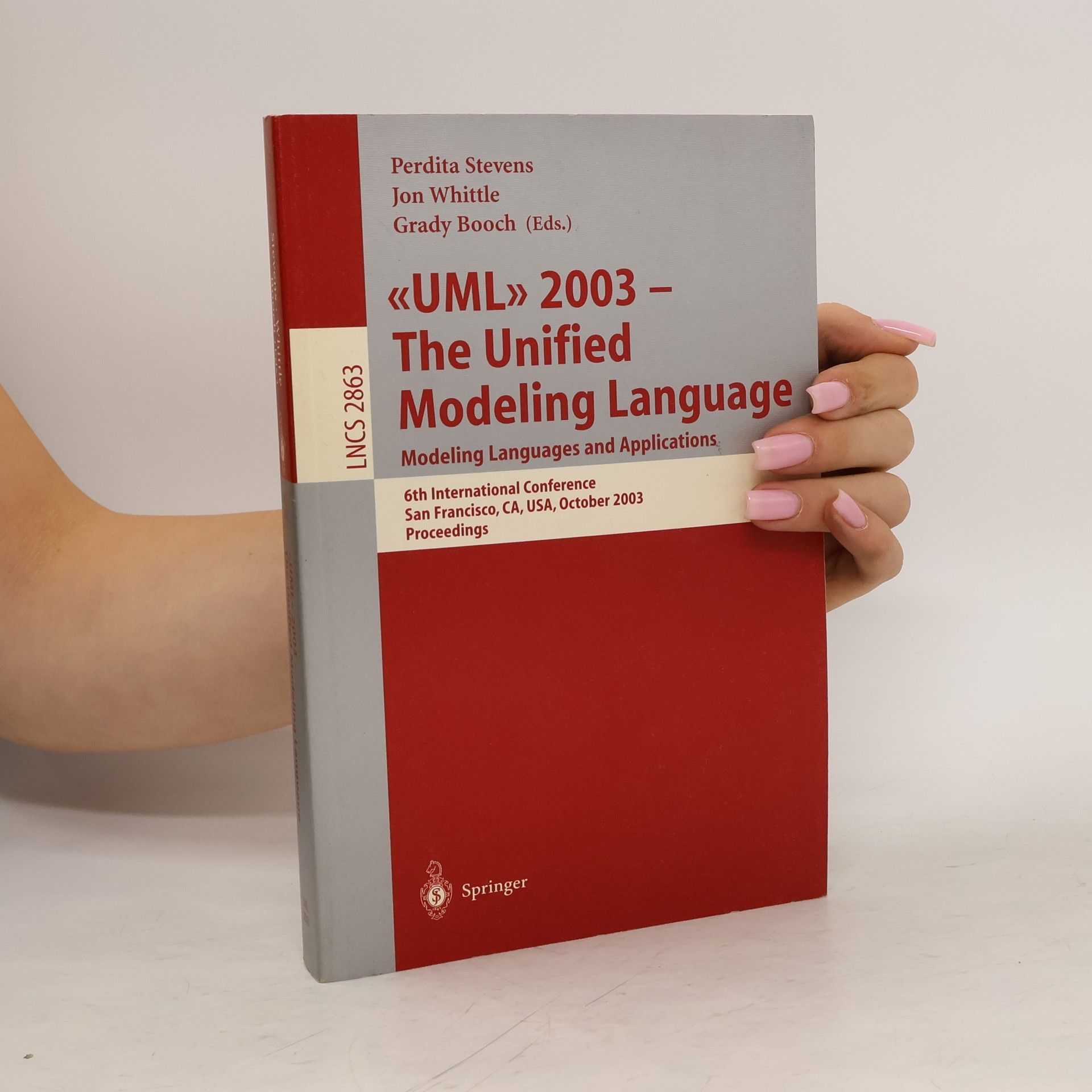This accessible, visually engaging book is mainly for students in Higher or Further Education taking early programming courses (computer science students and others). It teaches the fundamental skills that apply to any programming language, yet are usually not explicitly covered in programming courses.
Perdita Stevens Livres



Fundamental approaches to software engineering
- 436pages
- 16 heures de lecture
This book constitutes the proceedings of the 19th International Conference on Fundamental Approaches to Software Engineering, FASE 2016, which took place in Eindhoven, The Netherlands, in April 2016, held as Part of the European Joint Conferences on Theory and Practice of Software, ETAPS 2016. The 23 full papers presented in this volume were carefully reviewed and selected from 90 submissions. They were organized in topical sections named: concurrent and distributed systems; model-driven development; analysis and bug triaging; probabilistic and stochastic systems; proof and theorem proving; and verification.
The unified modeling language
- 415pages
- 15 heures de lecture
Thepastyearhasbeenaneventfuloneforthoseinterestedinsoftwaremodeling. The ? rst major revision of the Uni? ed Modeling Language, UML2.0, is in the process of adoption by the Object Management Group (OMG), and it makes many long-desired additions and improvements to UML. At the same time, it expands what was already a large language. A challenge for both practitioners andresearchersistohelpsmooththeadoptionofthisnewlanguage. Increasingly, attention is being paid to the use of specialized languages, often pro? les of UML, appropriate for di? erent purposes; this is one way to make UML less overwh- ming. Accordingly, the focus of the UML conference is gradually expanding from UML to software modeling in general. Simultaneously, model-driven development is being pursued as a way of - creasing the bene? ts from modeling throughout the software development p- cess. Gradually, it is developing from a set of slogans into a reality. Many of the papers in this volume are concerned, directly or indirectly, with how to make modeling, rather than coding, the heart of software development, and how to realize the resulting bene? ts of higher-level thinking. Much work remains to be done.